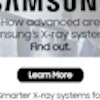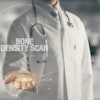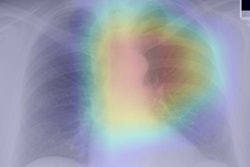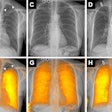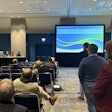Researchers in Korea have validated a deep learning AI model (CXR-Age) that estimates biological age from chest x-rays in a large cohort of Asian individuals, according to a study published July 24 in Radiology: Artificial Intelligence.
External testing of previously developed AI models using datasets covering different demographics and settings is vital to prove their generalizability, noted first authors Jong Hyuk Lee, a doctoral student at Seoul National University Hospital, and Dongheon Lee, PhD, of Chungnam National University Hospital.
“The CXR-Age model was externally tested in a cohort of asymptomatic Asian individuals and showed prognostic value,” the group wrote.
Chronological age (defined as the number of years elapsed from birth) is an imperfect measure of aging, the authors explained. Biologic age is based on the concept that individuals exhibit distinct patterns of functional or physiologic decline. The latter may more accurately predict age-related morbidity or mortality and enable doctors to better personalize care, they wrote.
To that end, CXR-Age was developed by a group from Harvard Medical School in Boston in 2021 and validated using datasets from mostly white participants from randomized clinical trials.
In this study, the researchers tested the model in a cohort of 36,924 asymptomatic Asian individuals (mean chronological age, 58 years old ± 7 years; 22,352 male and 14,572 female) who underwent imaging as part of regular health check-ups at their hospitals between January 2004 and June 2018.
Based on these x-rays, the researchers tested CXR-Age for predicting various survival outcomes among the group, including all-cause mortality, cardiovascular mortality, lung cancer mortality, and respiratory disease mortality. Over a median follow-up of 11 years, 1,250 individuals (3.4%) had died, including 153 cardiovascular (0.4%), 166 lung cancer (0.4%), and 98 respiratory deaths (0.3%).
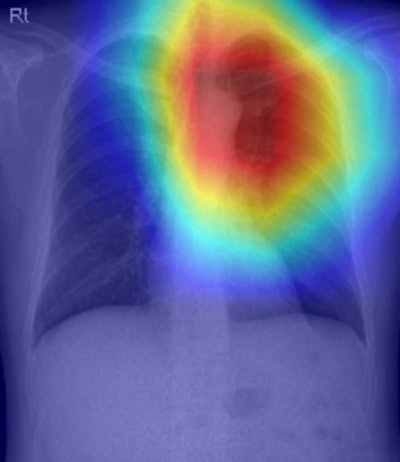 A representative case showing the prognostic value of CXR-Age from a chest x-ray of an individual who received a health check-up. The male individual’s chronological age was 56 years old. CXR-Age estimated biologic age of 68 years old. The Grad-CAM indicates a prominent aortic knob and upper thoracic spines. The patient died after seven years of lung cancer. Image courtesy of Radiology: Artificial Intelligence.
A representative case showing the prognostic value of CXR-Age from a chest x-ray of an individual who received a health check-up. The male individual’s chronological age was 56 years old. CXR-Age estimated biologic age of 68 years old. The Grad-CAM indicates a prominent aortic knob and upper thoracic spines. The patient died after seven years of lung cancer. Image courtesy of Radiology: Artificial Intelligence.
According to the findings, after adjusting for sex and smoking status, CXR-Age biologic age estimates were prognostic for all-cause mortality. The hazard ratio (HR) for subjects at the chronological age of 50 years old was 1.03 (p = 0.003); at 60 years old, 1.05 (p < 0.001); and at 70 years old, 1.07 (p < 0.001).
The prognostic significance of CXR-Age biologic age estimates was also consistent across cardiovascular mortality (adjusted HR: 1.11, p < 0.001), lung cancer mortality (adjusted HR for former smokers: 1.12, p < 0.001; for current smokers: 1.05, p = 0.04), and respiratory disease mortality (adjusted HR: 1.12, p < 0.001).
“Deep learning-based chest radiographic age was associated with various survival outcomes and had added value to clinical factors in asymptomatic Asian individuals, suggesting its generalizability,” the researchers wrote.
In addition, the group noted that gradient-weighted class-activation maps (Grad-CAM) generated by the algorithm mainly indicated the heart, aortic knob, upper lung parenchyma, mediastinum, and lower cervical and upper thoracic spines as areas that contributed to its age estimate. Changes in these areas, such as dilatation, calcification, and tortuosity, could represent the aging process, they noted.
Future work may consider the clinical utility of CXR-Age in specific settings, such as selecting eligible individuals for cancer screening, detecting individuals with low lung function or rapid functional decline, or predicting postoperative complication risks, the group suggested.
“Further studies are warranted to demonstrate the clinical utility of CXR-Age in other disease-specific cohorts,” the researchers concluded.
The full study is available here.

